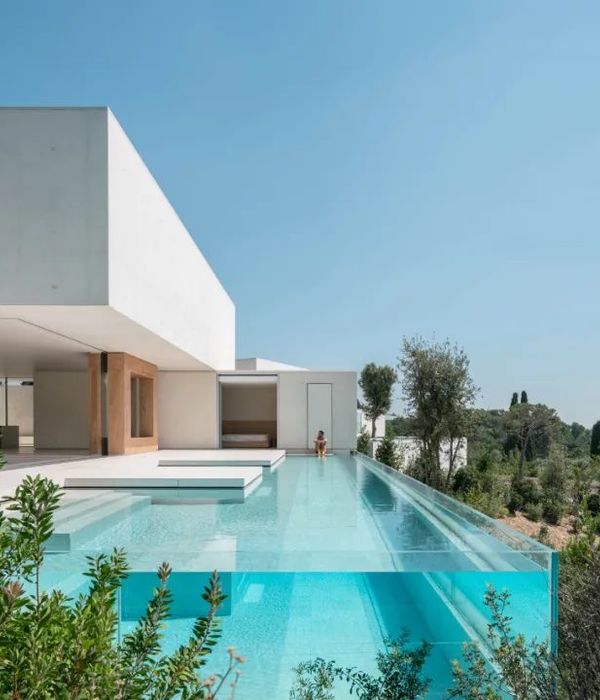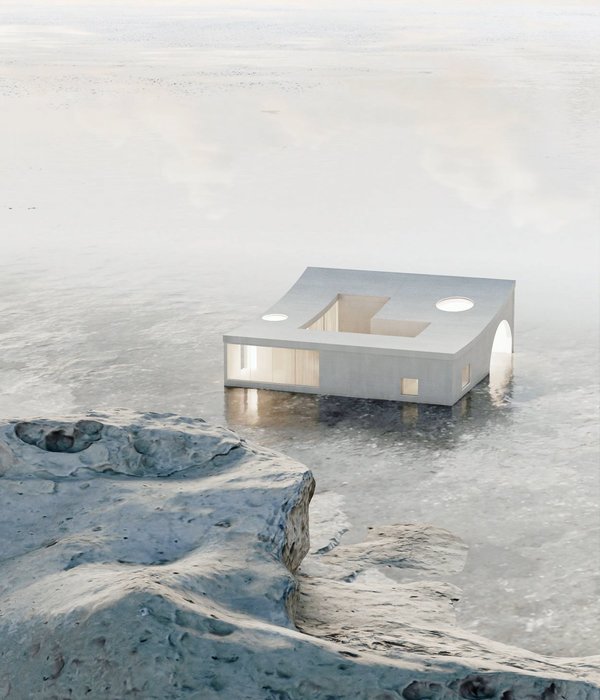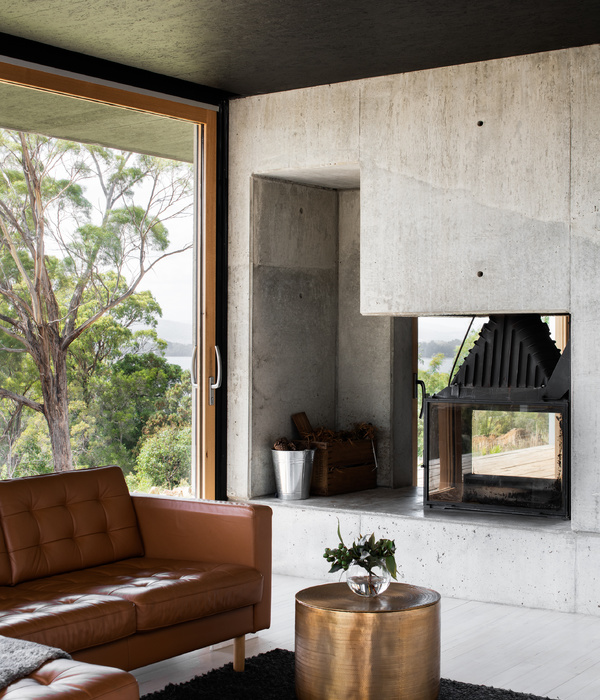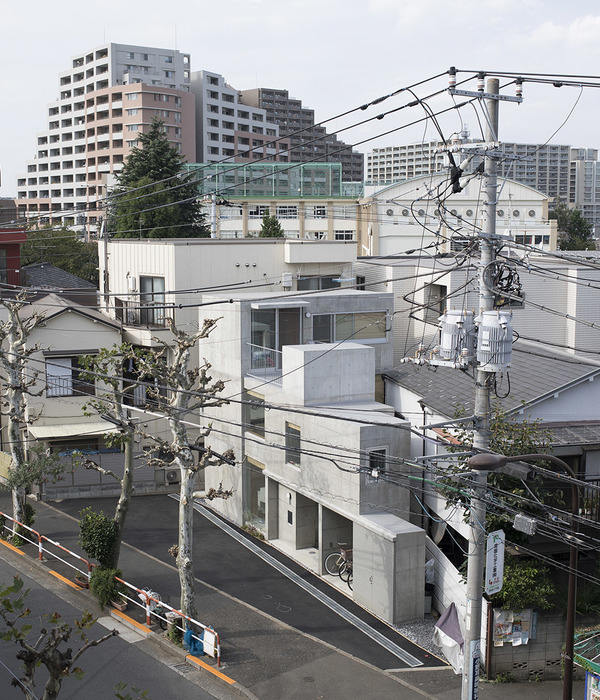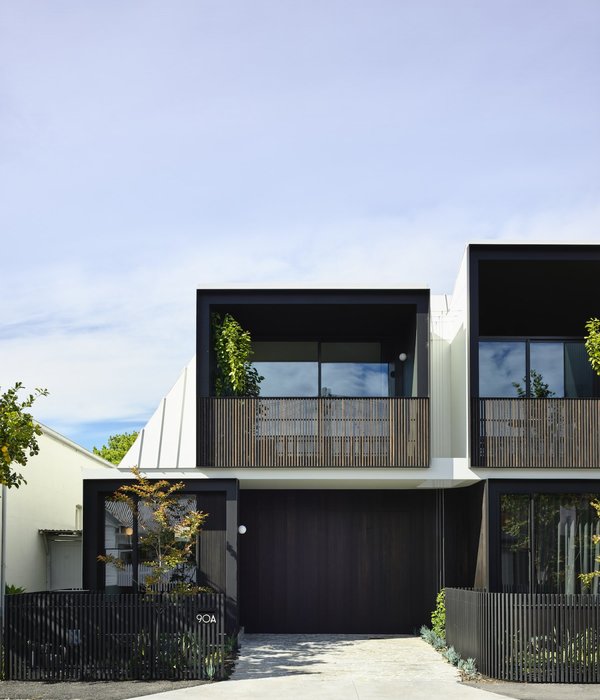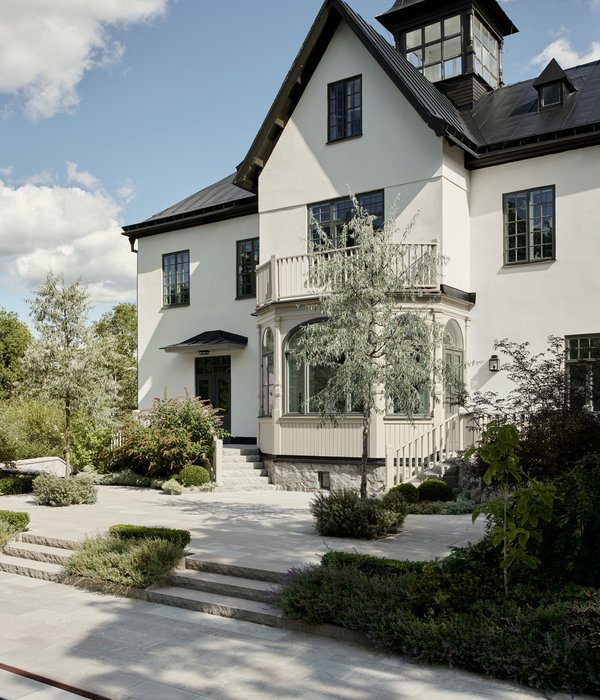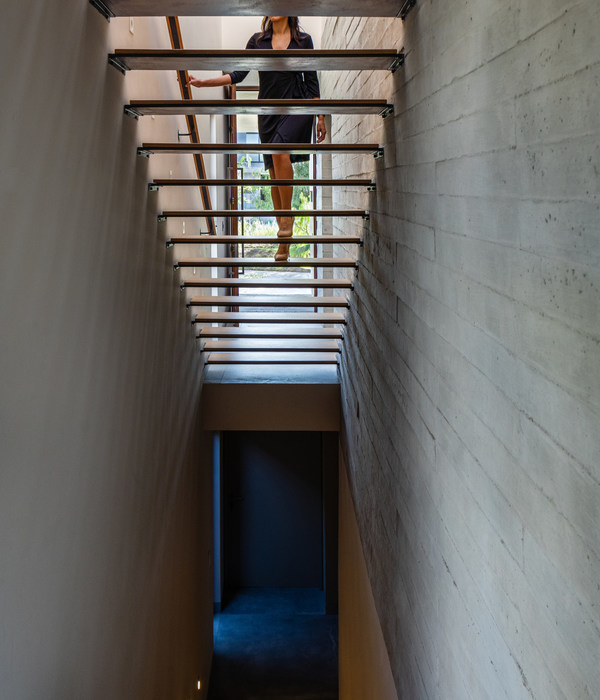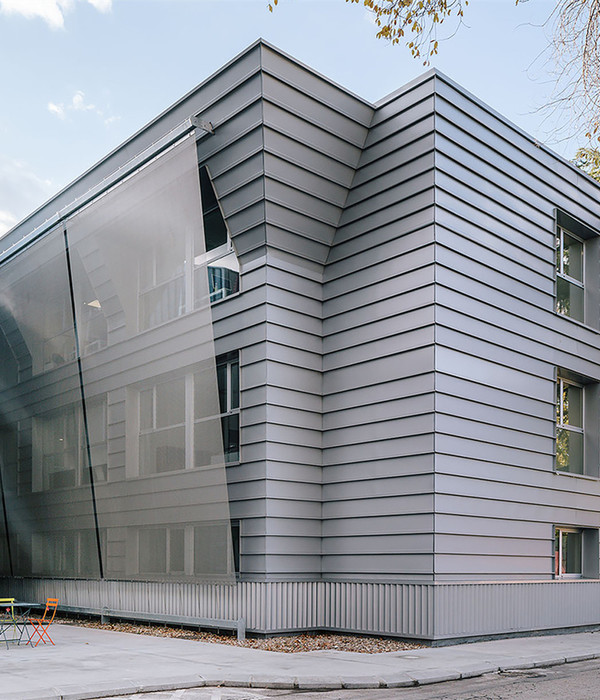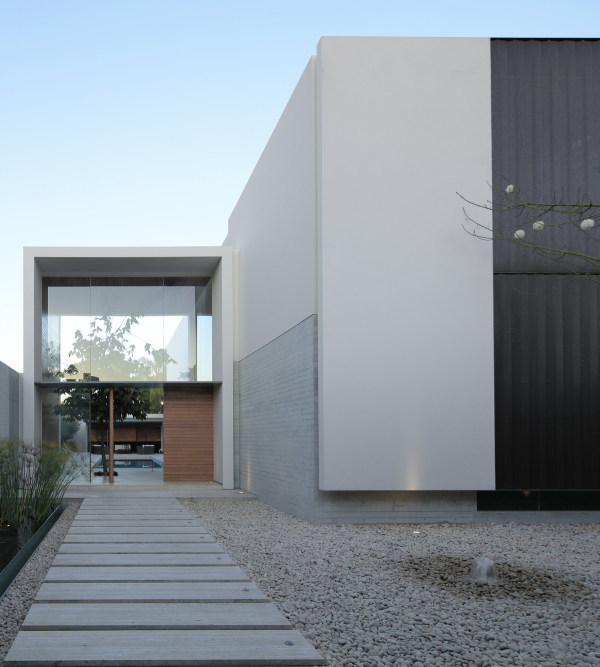There are two main things that initially attracted me to this extraordinary residence by Youssef Tohme Architects and Associates (YTAA). Firstly – it’s gobsmackingly, unimaginably, ridiculously good looking. I mean, that concrete, the generous volumes and vast proportions, those sinuous forms… Kill me now, right? And secondly – its located in Ajaltoun, Lebanon. The minute I need to google a geographical location of a project, I get infinitely excited. Why? Because there’s something to learn there. Plus, it’s always so thrilling to shine a spotlight on a project located outside of the usual epicentre of architecture and design, no?
Since I’ve done my Googles, I can happily advise that Ajaltoun is located some 24 kilometres north of the Lebanese capital Beirut, with an average elevation of 850 meters above sea level (thanks, Wikipedia). So it’s unsurprising that the location of this house presented a tricky riddle for the YTAA design team, with a 25-meter difference between the access road at the top and the lowest point of the site. This conundrum leads to a somewhat counterintuitive approach to design – to maintain the essential experience of the site, YTAA employed a highly-structured approach to the architecture.
The house was imagined as a mini-site itself, complete with gentle contours that represent the silhouettes of the setting. Two expansive cantilevered roofs, appearing as large floating sheets that are seemingly light yet entirely solid, trace the outlines of the two floors. The living areas are located on the lower levels, while the bedrooms reside upstairs.
The pre-stressed white concrete roof structure is pushed to its absolute limit. From within, the ceiling appears to split and crack, allowing the natural light to flood the interior through its openings. Inside, the home is entirely free from internal structures, open to the views of the surrounding hills.
The whole thing feels equal parts space-age and bond. James Bond. Yet something about it feels different and unlike anything I’ve ever seen before.
Perhaps it’s the difference between the Lebanese and the Western cultures that have led to an outcome that’s so bold and inspiring. Drawing from my own experience of growing up in a non-Western society, I can only guess that the Lebanese culture would be similar in the way it deals with chaos (of the political system and without a well-functioning government) and the unexpected (like, what are rules and regulations dude?), which enabled YTAA to harness the element of surprise to arrive at something new.
Like I said, I think there’s definitely something to learn here, and not just how to kill it in the precast concrete department. Villa VR feels as much about the exercise of the mindset. Respect.
[Images courtesy of Youssef Tohme Architects and Associates (YTAA). Photography by Ieva Saudargaite.]
{{item.text_origin}}

